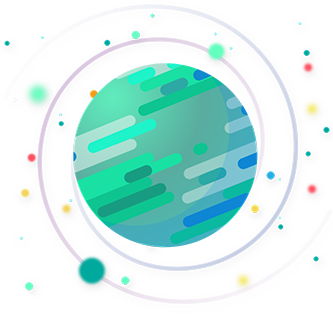By Kazuo Yano,
Fellow and Corporate Officer, Hitachi

In business, happiness matters. Unhappy workers don’t stay long at their jobs, they take more time off while they’re there, they provide poor customer service and they tend to be less productive. All of this costs workplaces dearly, not only in opportunity costs related to what they’re not getting from their unhappy employees, but in the increased expenditures that are necessary to continually recruit and train top talent.
Seventy-one percent of senior executives recognize this issue. They believe that employee engagement – a key factor in happiness – is very important to achieving overall organizational success.1 Despite this wide recognition, 67% of full-time employees in the United States report that they continue to feel disengaged at work. Of those disengaged workers, 16% report being “actively disengaged,” meaning that they resent their jobs, complain to co-workers and drag down workplace morale.2
It may be tempting to blame the workers or accept as unavoidable that some workers, perhaps even most workers, will not thoroughly enjoy their work. But a deeper look at the issue of worker unhappiness uncovers another reason for the especially high rates we are seeing today: Performing the same mundane, repetitive tasks in a seemingly endless cycle is a waste of human talent – and the humans know it and feel it.

From the last century to this one, consumers have changed right along with technology. Consumers now expect more choices and faster product development and refinement. They are no longer satisfied with cookie-cutter solutions; they want products to be customized for them and available on demand.
To meet these increasing demands, organizations require more flexibility, rapid innovation and creative thinking — all things that humans do better than machines. And, as it turns out, the same tasks that require skills such as creativity and higher-order thinking to please modern customers also make workers happy.6 Organizations that employ AI in the workplace to perform mundane, repetitive tasks can thus improve productivity and reduce errors – and in doing so, they can also release workers from the tasks that make them unhappy, freeing them to move more, invent more and engage more.
Technologies that utilize AI and data create and foster diversity – in products and in the processes that create them. And it is this diversity that increases job satisfaction and happiness. AI technologies free people to do what we do best, making full use of the unique characteristics, history and skills that we bring to the workplace, and to life.